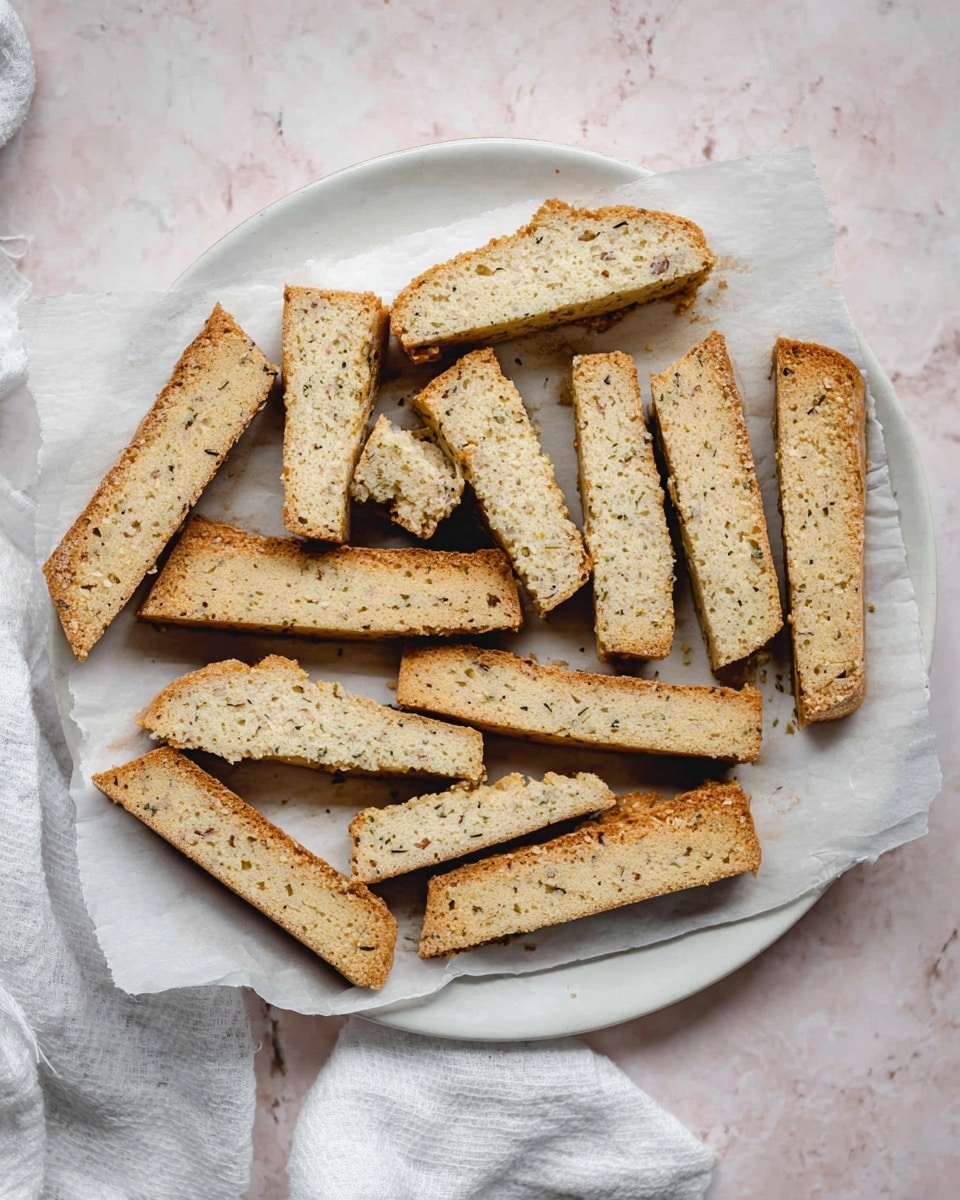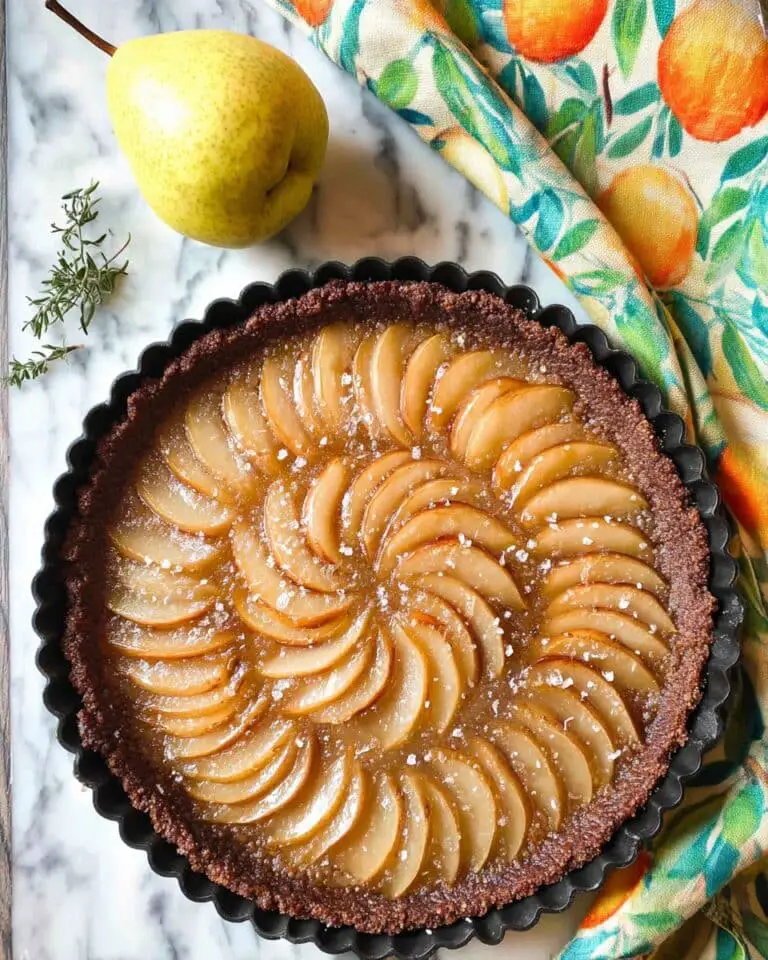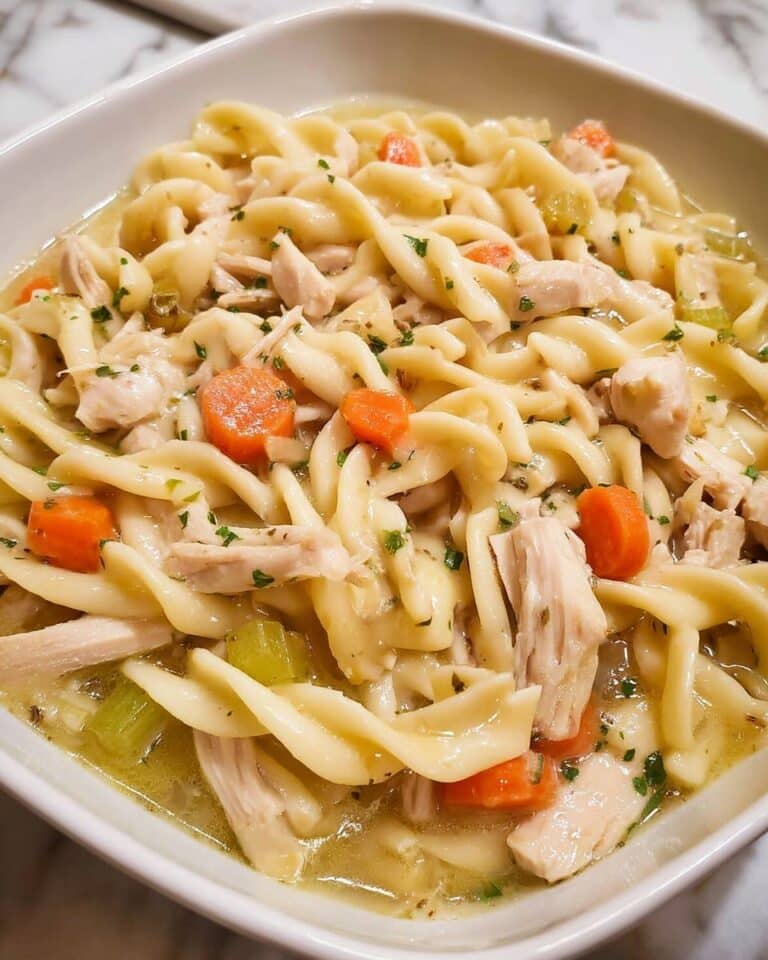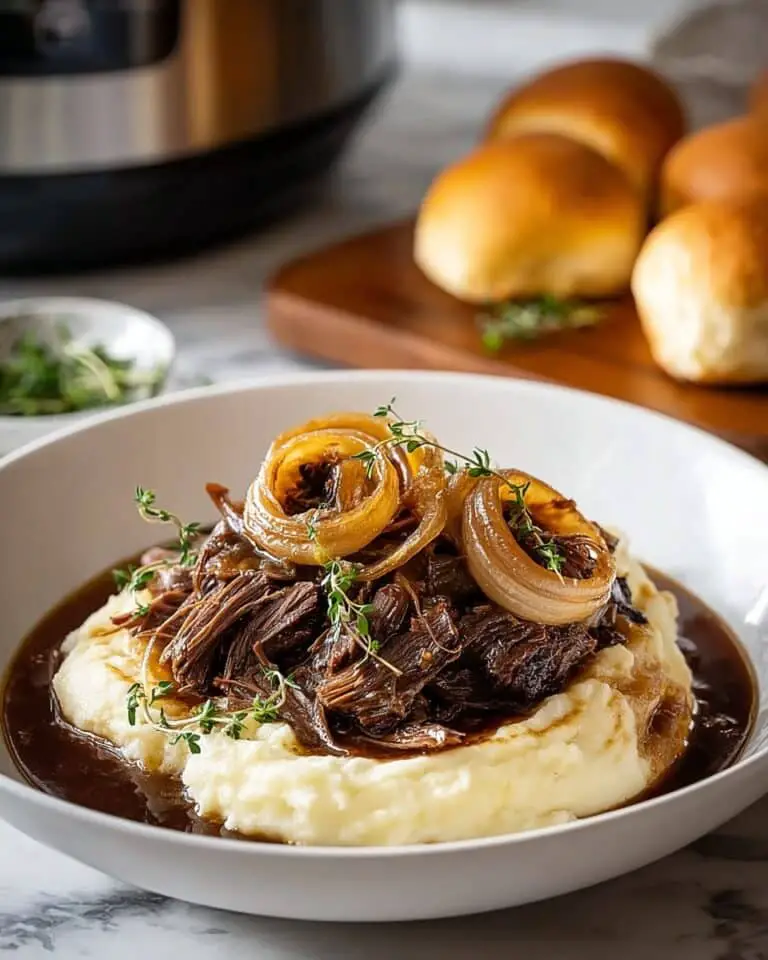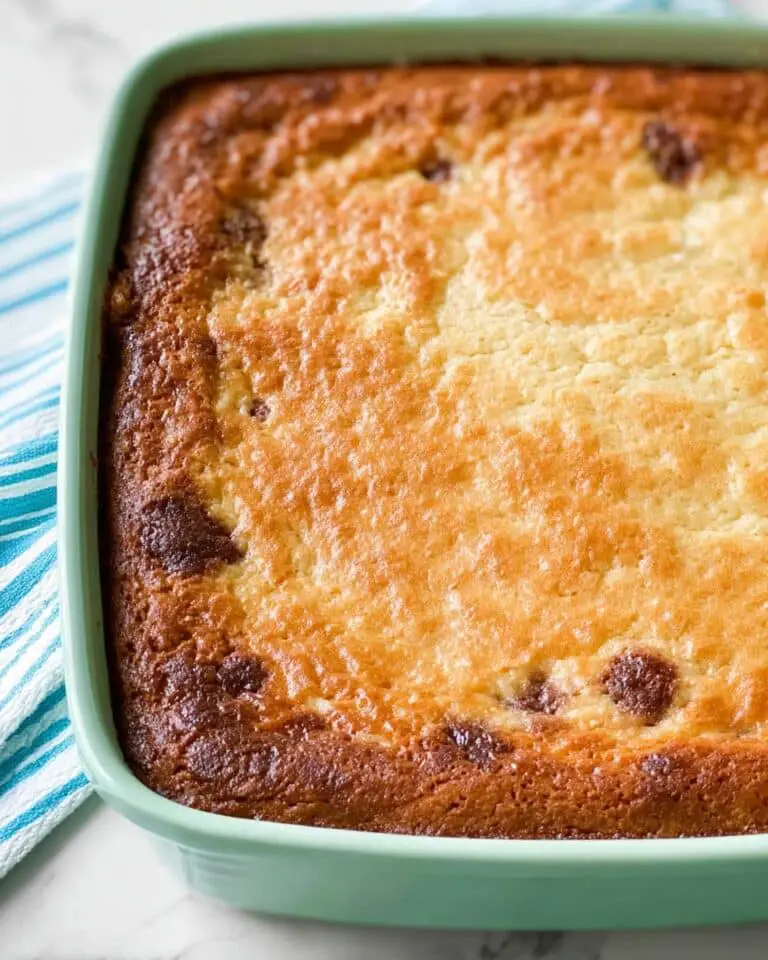I absolutely love this Salted Rosemary Shortbread Recipe because it strikes a perfect balance between buttery richness and herbal brightness. The rosemary brings such a fresh, piney note that surprises your taste buds, while the pinch of flaky sea salt on top takes these cookies from ordinary to memorable. Whether you’re serving these with tea or as a little treat after dinner, they’re guaranteed to impress.
When I first tried baking this recipe, I was amazed at how easy it was to get that crisp, melt-in-your-mouth texture without any fancy ingredients. You’ll find that combining all-purpose and rice flour gives the shortbread a delicate crumb that’s just right. Plus, the hint of grapefruit zest adds a subtle citrus twist that lightens the flavors — making this salted rosemary shortbread recipe a go-to for both everyday and special occasions.
Why You’ll Love This Recipe
- Unique Flavor Combo: The mix of fresh rosemary and grapefruit zest adds a refreshing twist to classic shortbread.
- Perfect Texture: The addition of rice flour gives these cookies that delicate, melt-in-your-mouth crumb.
- Simple Yet Impressive: Easy to make but elegant enough to serve at tea parties or gift jars.
- Make-Ahead Friendly: You can bake and cut them up to a week in advance without losing freshness.
Ingredients You’ll Need
Each ingredient in this salted rosemary shortbread recipe plays a role in creating that iconic shortbread texture and flavor – from the soft, rich butter to the herb-infused flours. When picking your ingredients, freshness matters, especially for the rosemary and grapefruit zest — they really bring this recipe to life.
- All-purpose flour: The base of the shortbread’s structure; unbleached provides a clean flavor.
- Rice flour: Adds tenderness and a slightly crunchy finish — my secret ingredient for perfect crumb.
- Kosher salt: Balances sweetness and enhances the rosemary’s aroma.
- Fresh rosemary: Make sure it’s finely chopped for even flavor distribution; frozen won’t do here.
- Unsalted butter: Room temperature butter creams better, giving you a lighter dough.
- Granulated sugar: Divided usage adds sweetness inside and a delicate crunch on top.
- Grapefruit zest: Adds a subtle citrus brightness that complements the rosemary perfectly.
- Flaky sea salt: Sprinkled on top before baking for that delightful salty crunch.
Variations
I love that this salted rosemary shortbread recipe is so flexible — you can easily swap out ingredients or ramp up flavors to match your mood or the season. It’s fun to experiment with different herb and citrus combos, and sometimes I make a batch using lemon zest instead of grapefruit for a sharper zing.
- Lemon zest instead of grapefruit: I tried this once on a whim and really enjoyed how the lemon brightened the buttery base.
- Thyme or lavender in place of rosemary: For a floral twist, thyme or dried lavender works beautifully—just reduce dried herbs to avoid overpowering.
- Gluten-free version: Swap all-purpose flour with a blend of gluten-free flour and rice flour, keeping the same quantities.
- Adding chopped nuts: Toasted pistachios or almonds add a pleasant crunch and nutty flavor if you want more texture.
How to Make Salted Rosemary Shortbread Recipe
Step 1: Prepare the Dough Mixture
Start by lining your baking pan with parchment paper—this makes cleanup a breeze and lets you lift the cookies out easily once baked. Whisk together your all-purpose flour, rice flour, chopped rosemary, and kosher salt in a bowl; this dry mix is the foundation of your shortbread. Mixing the herbs and salt evenly into the flour ensures every bite has that lovely balance of flavor.
Step 2: Cream Butter, Sugar, and Zest
Using a stand mixer fitted with a paddle attachment, beat the room temperature butter with half of the sugar and the grapefruit zest until the mixture is fluffy and light—this usually takes about 2 to 3 minutes. This step is so crucial because you want the zest and sugar to infuse right into the butter for extra flavor and sweetness spread evenly throughout your dough.
Step 3: Incorporate the Flour Mixture
Next, add the flour mixture in two stages: start mixing on low speed until it looks crumbly, then raise to medium and continue beating for a couple more minutes until everything comes together nicely. Avoid over-mixing here—once the dough looks uniform and sticky, it’s ready. Then, press this dough evenly into your prepared pan using an offset spatula to get smooth edges and a flat surface.
Step 4: Chill and Bake
Chill your dough in the refrigerator for at least an hour — trust me, this step makes slicing and baking much easier. When you’re ready to bake, preheat the oven to 375°F (190°C). Before baking, prick the shortbread all over with a fork to prevent puffing, then sprinkle with the remaining sugar and flaky sea salt. Bake for 30-35 minutes or until the edges have taken on a golden brown glow.
Step 5: Cut and Cool Properly
Right out of the oven, cut the shortbread into strips and then rectangles while still warm to get clean edges, following the measurements in the recipe for perfect uniformity. Let the cookies sit in the pan for about 10 minutes to firm up, then gently free the edges with a thin spatula. Cooling completely in the pan helps maintain their shape and prevents crumbling when you transfer them off the parchment.
Step 6: Separate and Store
Once fully cooled, lift the shortbread out carefully using the parchment and double-check the cut lines to break them apart cleanly. These cookies store beautifully, so whether you’re keeping them at room temperature in an airtight container or freezing for longer, they maintain their crumbly, buttery perfection.
Pro Tips for Making Salted Rosemary Shortbread Recipe
- Use Fresh Rosemary: I learned that using fresh rosemary instead of dried makes all the difference in aroma and flavor intensity.
- Don’t Skip the Chill: Chilling the dough is crucial for sharp, clean edges when cutting and prevents spreading during baking.
- Evenly Chop Herbs: Finely chopping rosemary avoids uneven bursts of herb flavor and makes the texture smooth.
- Timing Your Cuts: Cutting the cookies immediately after baking while warm saved me from crumbly edges every time.
How to Serve Salted Rosemary Shortbread Recipe

Garnishes
I like to keep garnishes simple but effective — a small sprinkle of extra flaky sea salt right before serving adds a delightful crunch and elevates the flavor. Sometimes, I add a tiny sprig of fresh rosemary on the plate or a light dusting of powdered sugar for a pretty contrast.
Side Dishes
These shortbread cookies pair beautifully with fresh fruit preserves, a mild cheese like brie, or alongside a warm cup of herbal tea. For brunch, I’ve served them as a sweet accompaniment to savory quiches or salads, and my family absolutely loved the balance.
Creative Ways to Present
For holiday gatherings, I like stacking these cookies in a decorative tin lined with parchment and tied with twine—makes a charming homemade gift! Another idea is to arrange them on a slate board with fresh rosemary sprigs and small bowls of honey or marmalade for a festive dessert display.
Make Ahead and Storage
Storing Leftovers
I store leftover salted rosemary shortbread in an airtight container at room temperature, layering the cookies between sheets of parchment paper to prevent sticking and breakage. They stay fresh and crispy for up to a week, which is perfect for nibbling or sharing.
Freezing
Freezing these shortbreads works wonderfully — I freeze them in a single layer on a baking sheet first, then transfer to a freezer-safe container with parchment between layers. This keeps them from sticking or breaking. When you’re ready, just thaw at room temperature for a few hours.
Reheating
If you want to refresh the cookies after thawing, warming them gently in a low oven (about 300°F for 5 minutes) crisps them back up beautifully. Just don’t overheat or they can become too dry—I’ve found a quick warm-up keeps that perfect buttery texture intact.
FAQs
-
Can I use dried rosemary instead of fresh in the Salted Rosemary Shortbread Recipe?
While dried rosemary can be used, fresh rosemary is highly recommended for this recipe because it provides a brighter, more vibrant flavor. If you must use dried, reduce the quantity by about half since it’s more concentrated, and chop it finely to avoid a tough texture.
-
Why is rice flour included in the Salted Rosemary Shortbread Recipe?
Rice flour adds a lighter, crispier texture to the shortbread that all-purpose flour alone can’t achieve. It helps create that melt-in-your-mouth crumb, giving the shortbread a delicate finish that’s not too dense or heavy.
-
How long does the shortbread stay fresh?
Stored in an airtight container at room temperature, the salted rosemary shortbread will stay fresh and tasty for up to one week. You can also freeze them for up to three months to extend their shelf life without losing quality.
-
Can this recipe be made gluten-free?
Yes! Swap the all-purpose flour with a gluten-free baking flour blend and keep the rice flour as is. Make sure the gluten-free blend you use is designed for baking to maintain the right texture in your shortbread.
Final Thoughts
This salted rosemary shortbread recipe has become one of those special treats I turn to when I want something simple but extra delightful. Its buttery crumb, herbal notes, and that pinch of sea salt hit just the right spot every time. I hope you enjoy making them as much as I do — and trust me, once you try this recipe, it might just become your new favorite way to bake shortbread!
Print
Salted Rosemary Shortbread Recipe
- Prep Time: 1 hour 10 minutes
- Cook Time: 35 minutes
- Total Time: 1 hour 45 minutes
- Yield: 32 cookies (approximately 3 dozen small pieces)
- Category: Dessert
- Method: Baking
- Cuisine: American
- Diet: Vegetarian
Description
This Salted Rosemary Shortbread recipe combines the delicate crunch of buttery shortbread with the aromatic freshness of rosemary and a hint of grapefruit zest. Topped with flaky sea salt, these cookies offer a perfect balance of sweet and savory flavors, ideal for a sophisticated snack or elegant tea-time treat.
Ingredients
Dry Ingredients
- 1 1/2 cup (180g) unbleached all-purpose flour
- 1/3 cup (43g) rice flour
- 1/2 teaspoon kosher salt, plus more to taste
- 2 tablespoon fresh rosemary, finely chopped
Wet Ingredients
- 1 cup (2 sticks, 1/2 pound, or 227g) unsalted butter, room temperature
- 1/2 cup plus 1 tablespoon (112g) granulated sugar, divided
- 2 teaspoon finely grated grapefruit zest
Topping
- Flaky sea salt, for topping
Instructions
- Prepare Pan and Dry Ingredients: Line an 8 x 8-inch (20 x 20 cm) baking pan, preferably glass, with parchment paper, leaving an overhang on two sides for easy lift out. In a bowl, whisk together the all-purpose flour, rice flour, kosher salt, and finely chopped rosemary; set aside.
- Cream Butter, Sugar, and Zest: In the bowl of a stand mixer fitted with the paddle attachment, combine the room temperature unsalted butter, 1/2 cup (100g) sugar, and grapefruit zest. Beat on medium-high speed for 2 to 3 minutes until the mixture is light and fluffy. Scrape down the bowl as needed to ensure even mixing.
- Mix Dough: Add the reserved flour mixture to the creamed butter mix. Start beating on low speed until the mixture becomes crumbly. Then increase speed to medium and beat for about 2 more minutes until the dough is well combined. Scrape the bowl as necessary to incorporate all ingredients. Transfer the dough to the prepared baking pan and use an offset spatula to spread and press it evenly, smoothing the top. Chill the dough in the refrigerator for 1 hour until firm.
- Preheat and Prepare for Baking: Preheat the oven to 375°F (190°C). Once chilled, prick the surface of the shortbread all over with a fork to allow steam to escape. Evenly sprinkle the remaining 1 tablespoon of sugar over the surface, then sprinkle flaky sea salt on top to taste.
- Bake: Place the pan in the preheated oven and bake for 30 to 35 minutes. Look for the shortbread to become golden brown around the edges and evenly golden on the surface.
- Cut While Warm: Remove the pan from the oven and immediately cut the shortbread in the pan into four 2-inch wide strips lengthwise. Rotate the pan 90 degrees and make eight 1-inch-wide cuts perpendicular to the first cuts to create 32 rectangular cookies. Let the shortbread sit for 10 minutes. Run a thin spatula around the edges to prevent the cookies from sticking to the pan as they cool. Allow the shortbread to cool completely in the pan.
- Remove and Separate Cookies: Using the parchment paper overhang, lift the shortbread slab out of the pan. If necessary, retrace the cut marks to separate individual cookies.
- Storage Tips: These cookies can be baked, cut, and cooled up to one week in advance. Store them on parchment in an airtight container at room temperature or freeze for up to three months.
Notes
- Use unbleached all-purpose flour for best texture and flavor.
- Rice flour helps maintain a tender crumb in the shortbread.
- Room temperature unsalted butter is key for creaming properly with sugar and zest.
- Chilling the dough ensures the shortbread holds shape and bakes evenly.
- Pricking the dough before baking prevents puffing and promotes even baking.
- Cutting the shortbread while warm helps prevent crumbling and keeps clean edges.
- Flaky sea salt topping elevates the flavor by balancing sweetness with a mild savory crunch.
- Grapefruit zest adds a subtle bright citrus note that complements the rosemary perfectly.
- Store baked cookies properly to maintain freshness and texture.
Nutrition
- Serving Size: 1 cookie (approximate, based on 32 cookies per batch)
- Calories: 140
- Sugar: 6g
- Sodium: 60mg
- Fat: 9g
- Saturated Fat: 5.5g
- Unsaturated Fat: 3g
- Trans Fat: 0g
- Carbohydrates: 15g
- Fiber: 0.5g
- Protein: 1g
- Cholesterol: 25mg


